Art, commerce and the 1980s: how the decade became a turning point for mass media
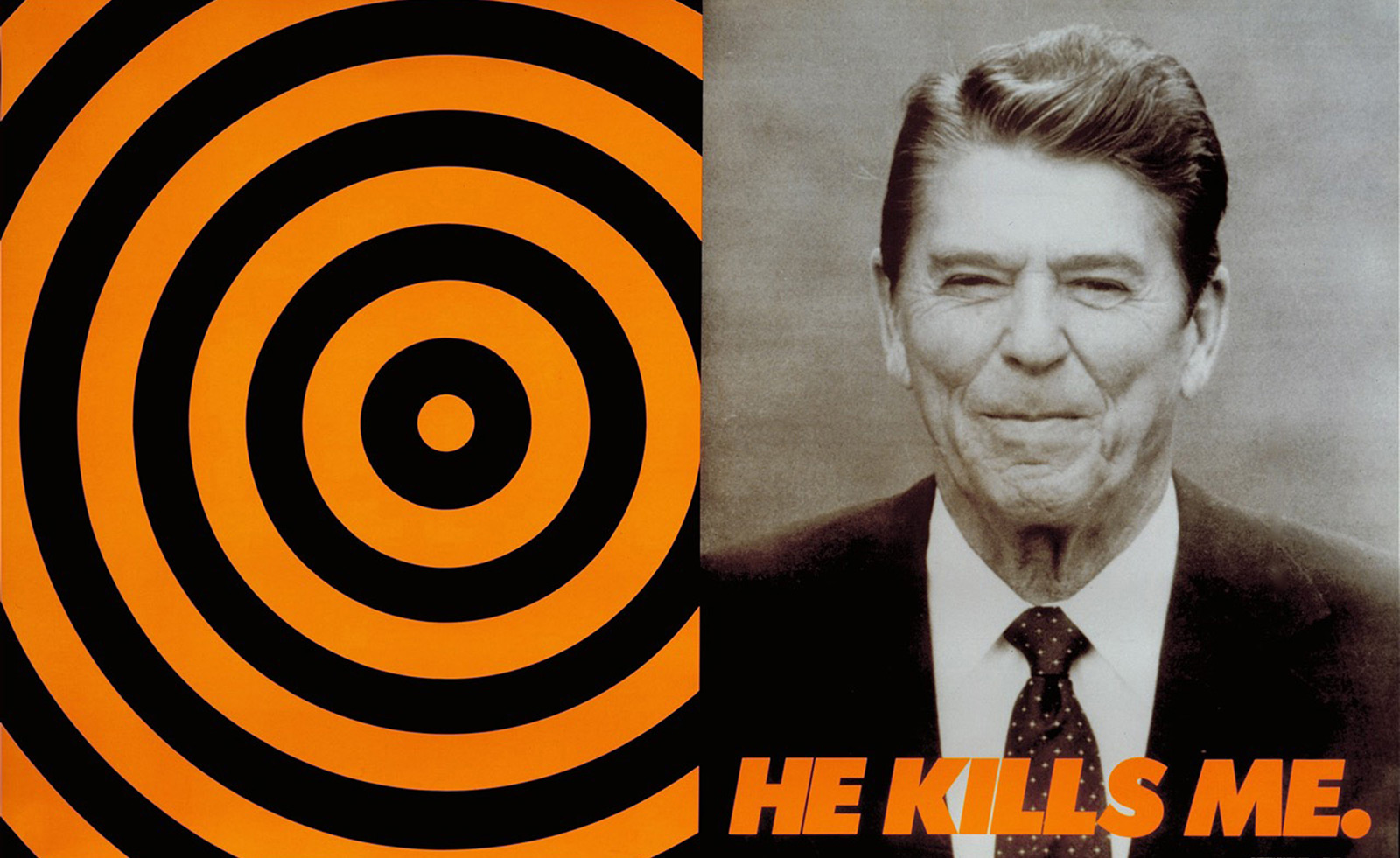
The 1980s: the decade of decadence, power shoulders, big hair, big bucks and Generation X. As the biggest ad agencies of the era – among them Saatchi & Saatchi, the WPP group – ate up the smaller fish becoming huge conglomerates, and cable TV arrived, commercial culture began to cut its teeth.
Meanwhile in New York, a group of young, gung-ho artists responded to the insatiable consumerism with art that both attacked and absorbed advertising aesthetics and its politics. Artists like Jeff Koons, Barbara Kruger, and Richard Prince, were at the forefront, often appropriating their material directly from adverts.
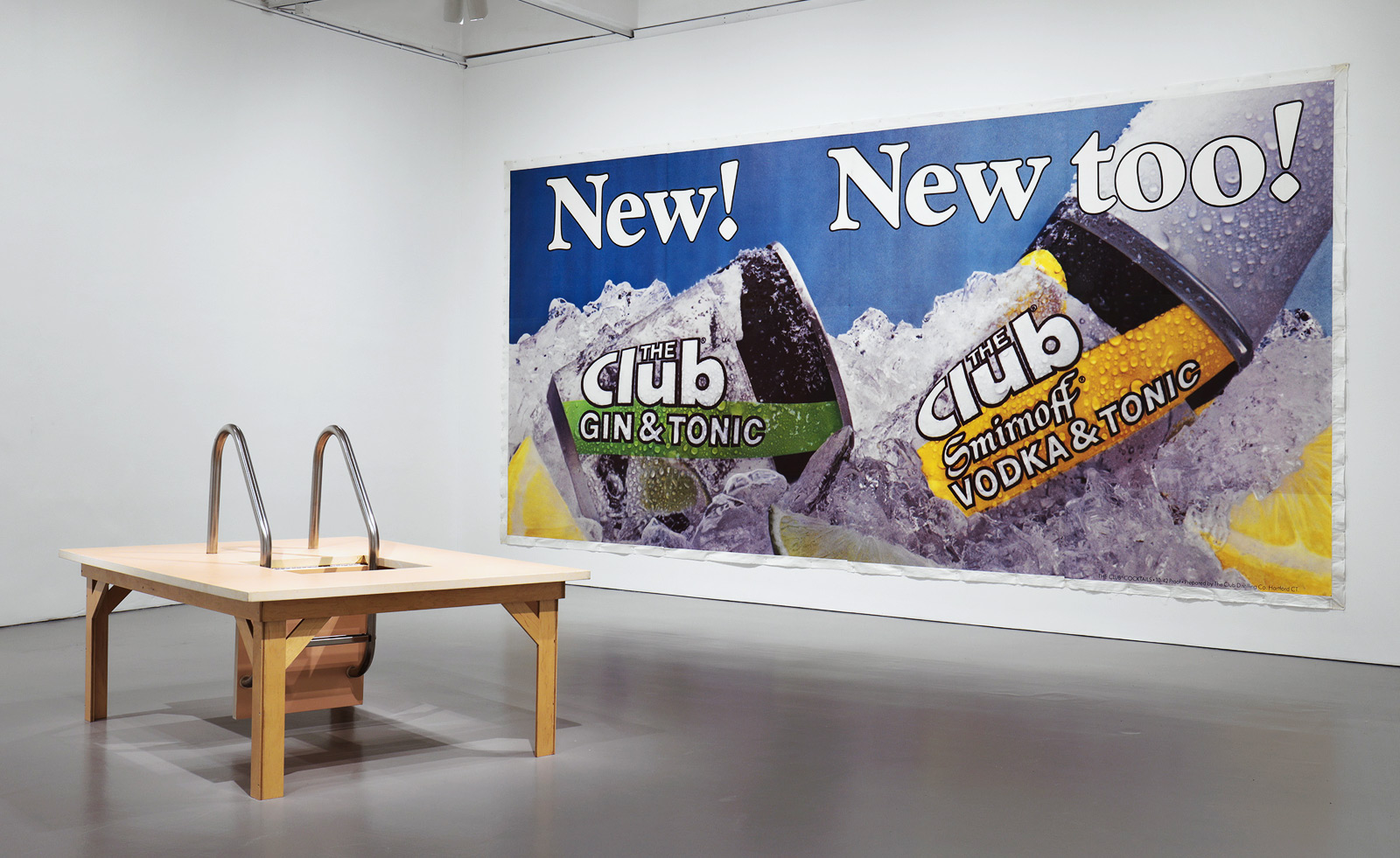
Installation view of ‘Brand New: Art and Commodity in the 1980s’ at Hirshhorn Museum with New! New Too! (pictured right), 1983, by Jeff Koons, lithograph billboard mounted on cotton. © Jeff Koons
Their approach quickly spread across the country and abroad. ‘What began as satire quickly grew to become a defining moment in contemporary art,’ says Gianni Jetzer, curator of ‘Brand New: Art and Commodity in the 1980s’, at the Hirshhorn Museum in Washington DC – an exhibition exploring art and artists’ relationship to commodity and commerce. Focusing on works made in the 1980s by more than 70 artists, the show serves up a slice of eighties ideology on a plate of trenchant criticism of the socio-economic system.
Many of them haven’t lost their acuity. Thirty years after it originally appeared in 1988, Krzysztof Wodiczko’s iconic, 68ft projection onto the façade (pictured below) of the Hirshhorn Museum is being restaged. The work, the artist reflects, is ‘strangely familiar and at once unbearably relevant’. In it, imagery spliced from ads, films and newspaper headlines in the US at the time – abortion and death penalty laws – floats imposingly above visitors’ heads, a comment on way mass media manipulates us all.
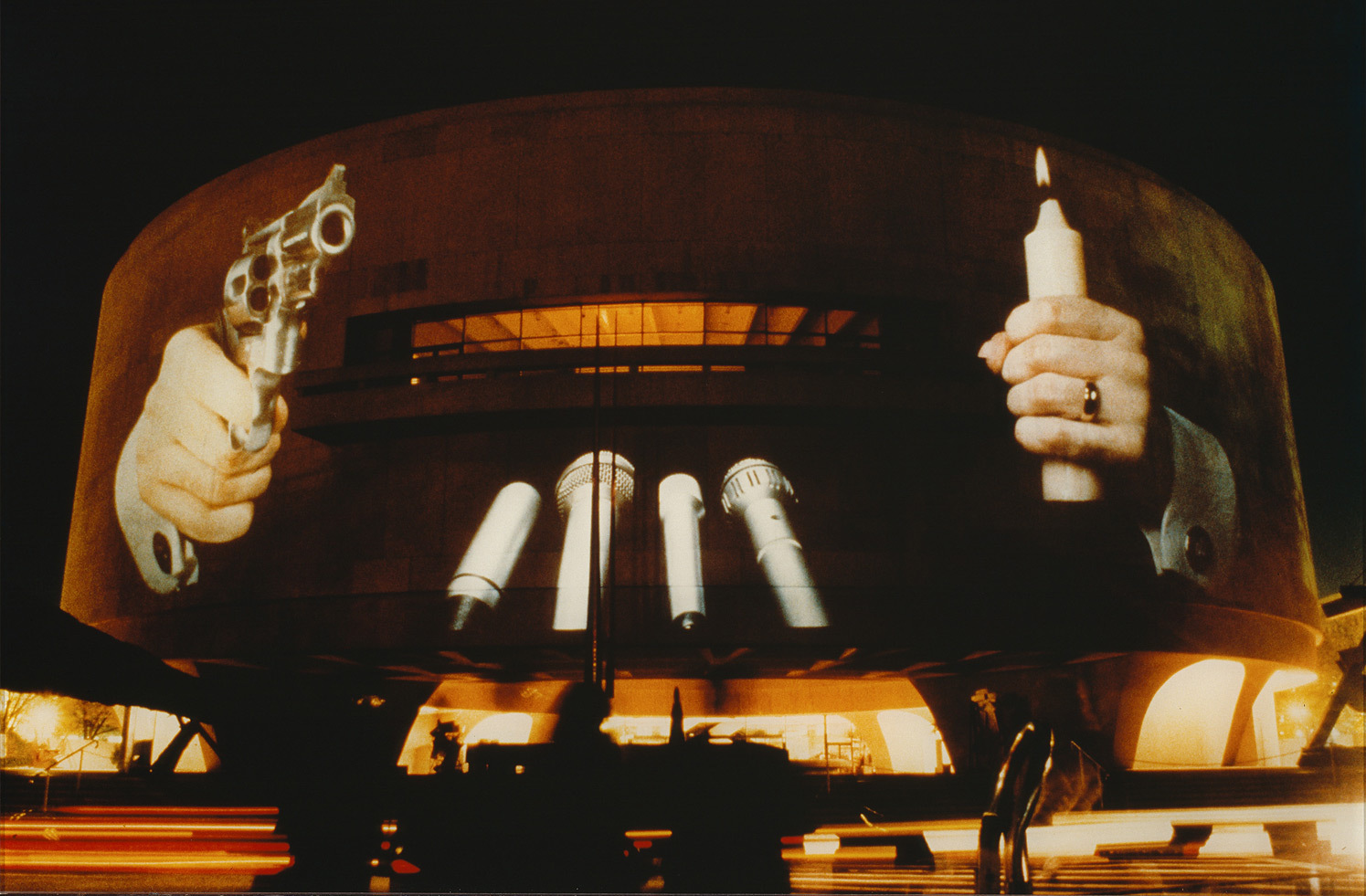
Hirshhorn Museum, Washington, DC, 1988, by Krzysztof Wodiczko, public projection on the façade of the museum. The installation has been recreated for the 2018 exhibition. Courtesy of the artist and Galerie Lelong, New York
It was also in the 1980s that artists, perhaps for the first time, had to face up to the place of their art as part of a market; the physical art object was now something to acquire and own, with buyers lusting for next big thing.
Though this movement defined, in many ways, the way artists work today, (see the new Netflix exposé of the art world, Blurred Lines, for proof). ‘This phenomenon of artist as a brand identity, and the art object as commodity, has not yet been examined at this scale,’ Jetzer notes.
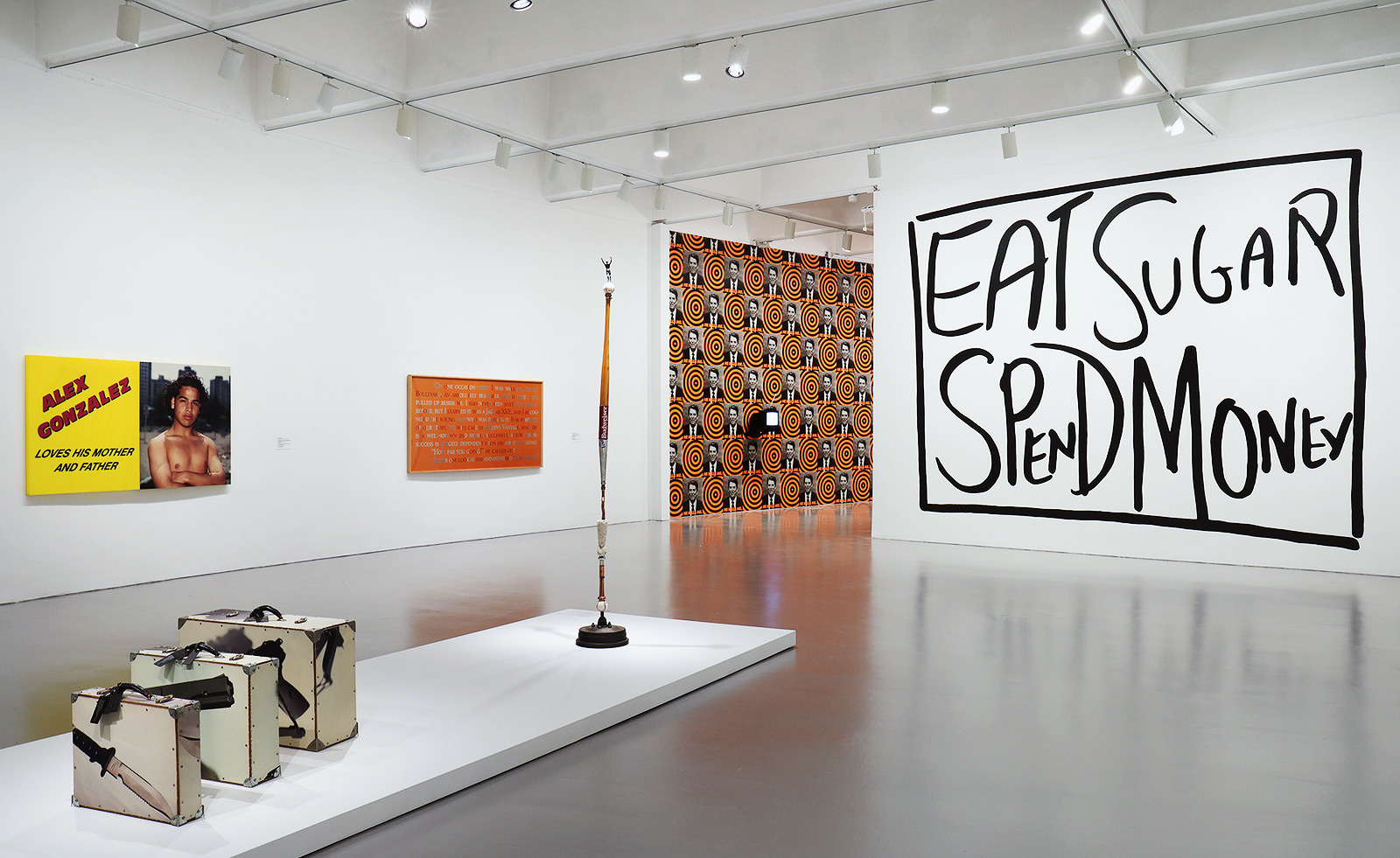
Installation view of ‘Brand New: Art and Commodity in the 1980s’ at the Hirshhorn Museum and Sculpture Garden.
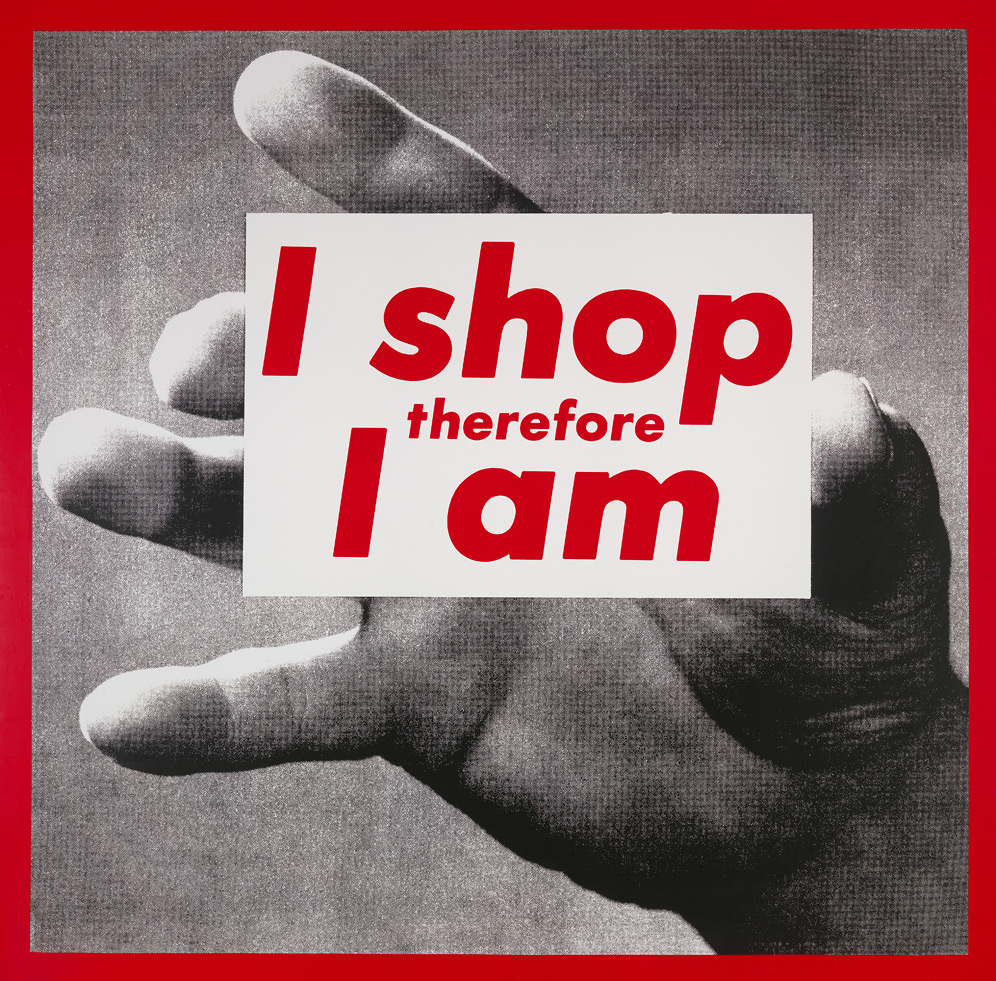
Untitled (I shop therefore I am), 1987, by Barbara Kruger, photographic silkscreen on vinyl. © Barbara Kruger, Mary Boone Gallery, New York.
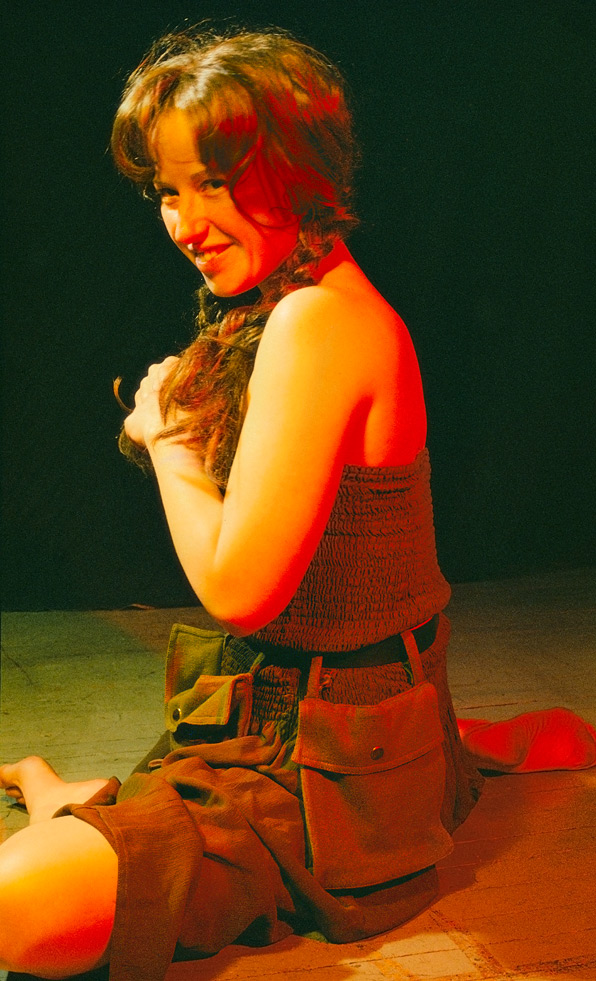
Untitled #121, 1983, by Cindy Sherman, chromogenic colour print, New York
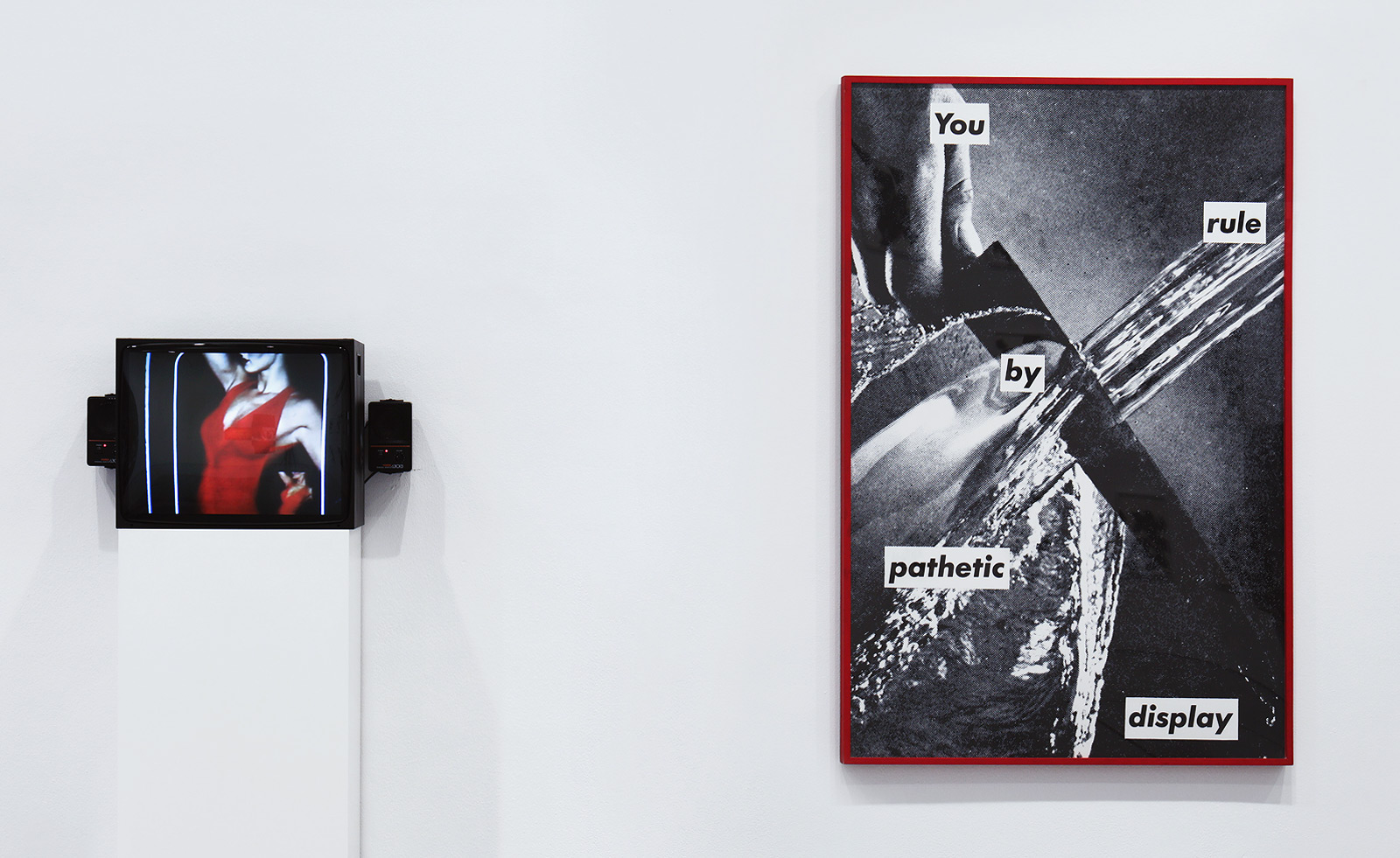
Installation view of ‘Brand New: Art and Commodity in the 1980s’ at the Hirshhorn Museum and Sculpture Garden.
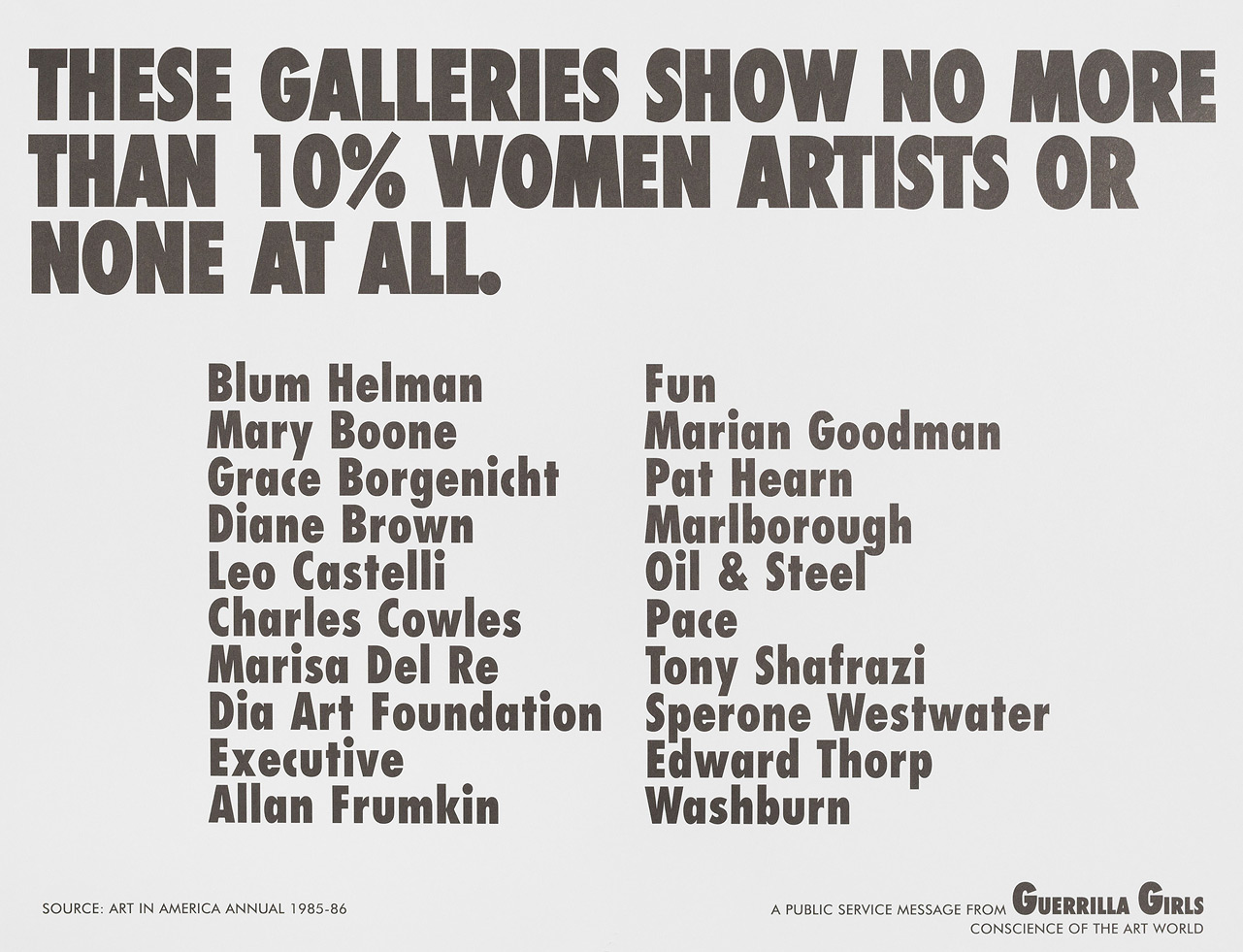
These Galleries show no more than 10% women artists or none at all., 1984-85, by Guerrilla Girls, offset lithograph,Hirshhorn Museum and Sculpture Garden, Washington DC, Smithsonian Institution
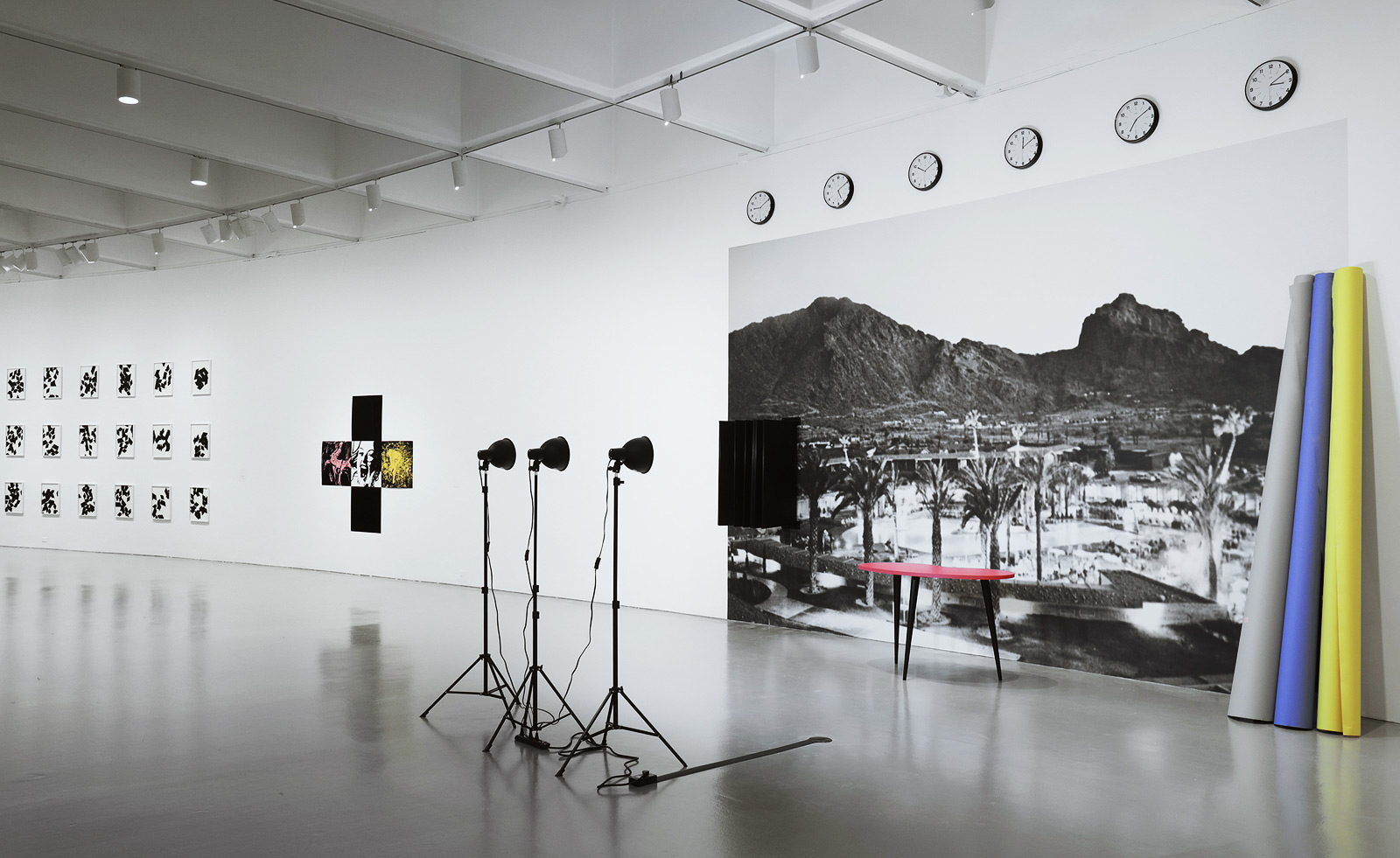
Installation view of ‘Brand New: Art and Commodity in the 1980s’ at the Hirshhorn Museum and Sculpture Garden.
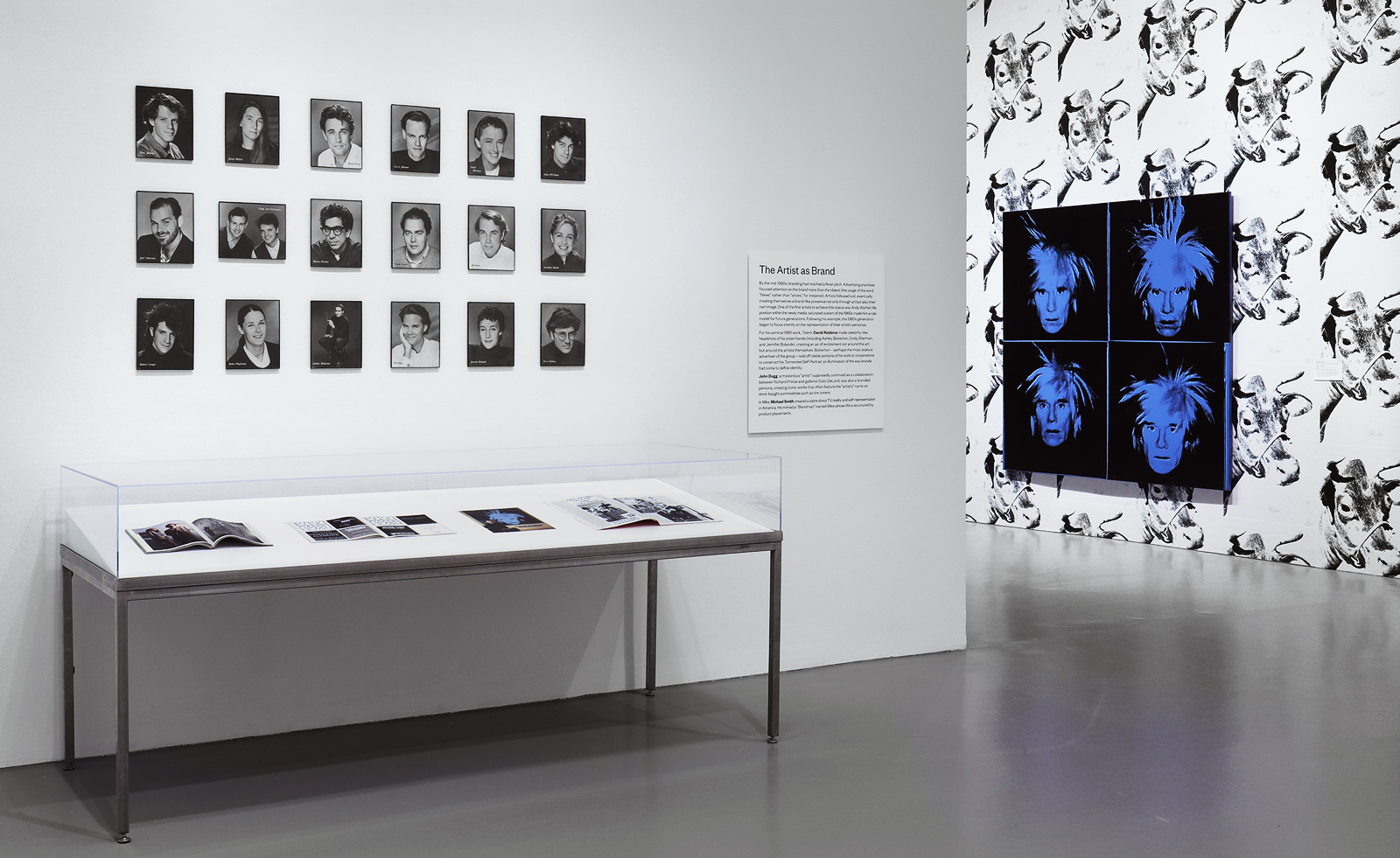
Installation view of ‘Brand New: Art and Commodity in the 1980s’ at the Hirshhorn Museum and Sculpture Garden.
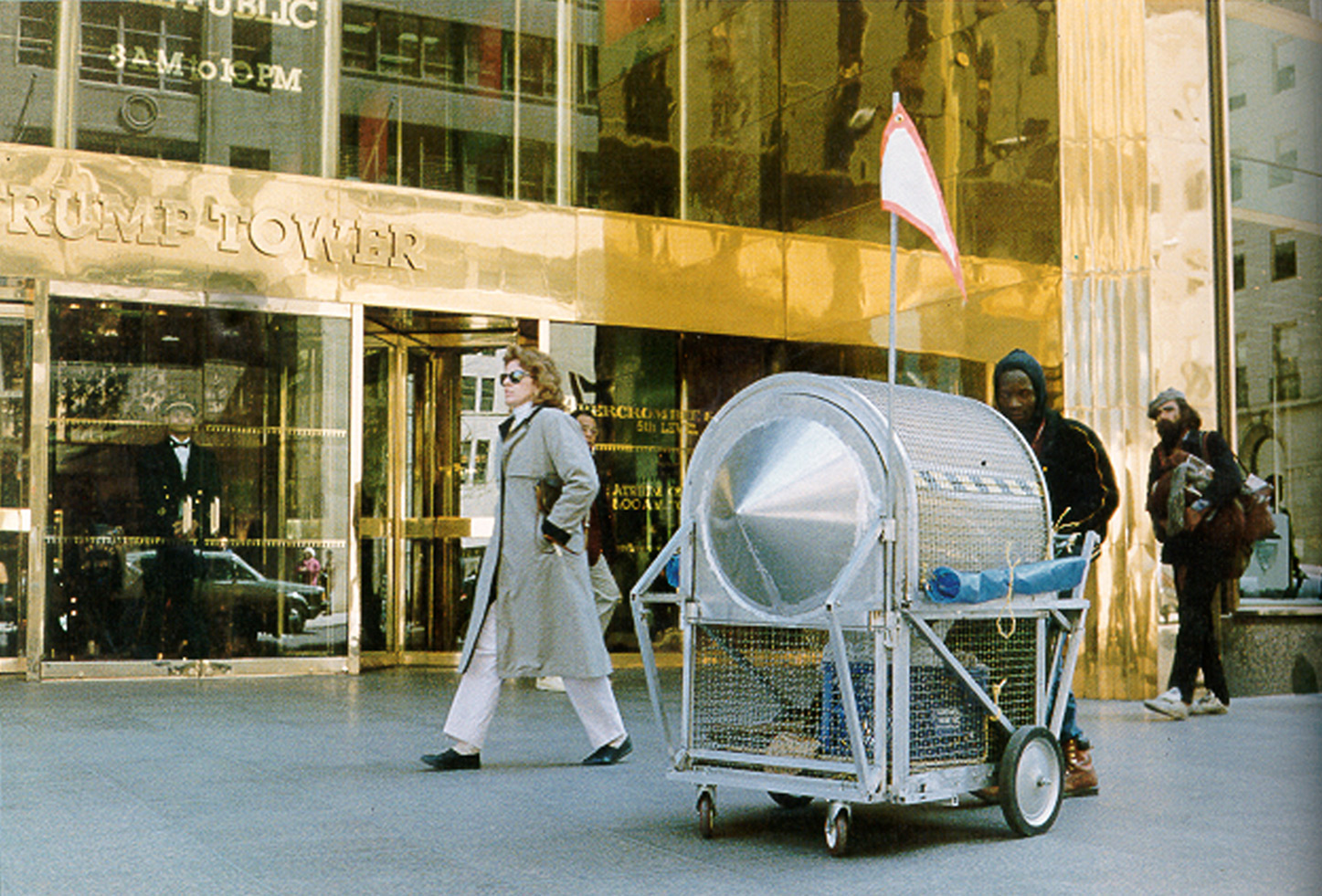
Homeless Vehicle in New York City, 1988-89, by Krzysztof Wodiczko, colour photographs, New York
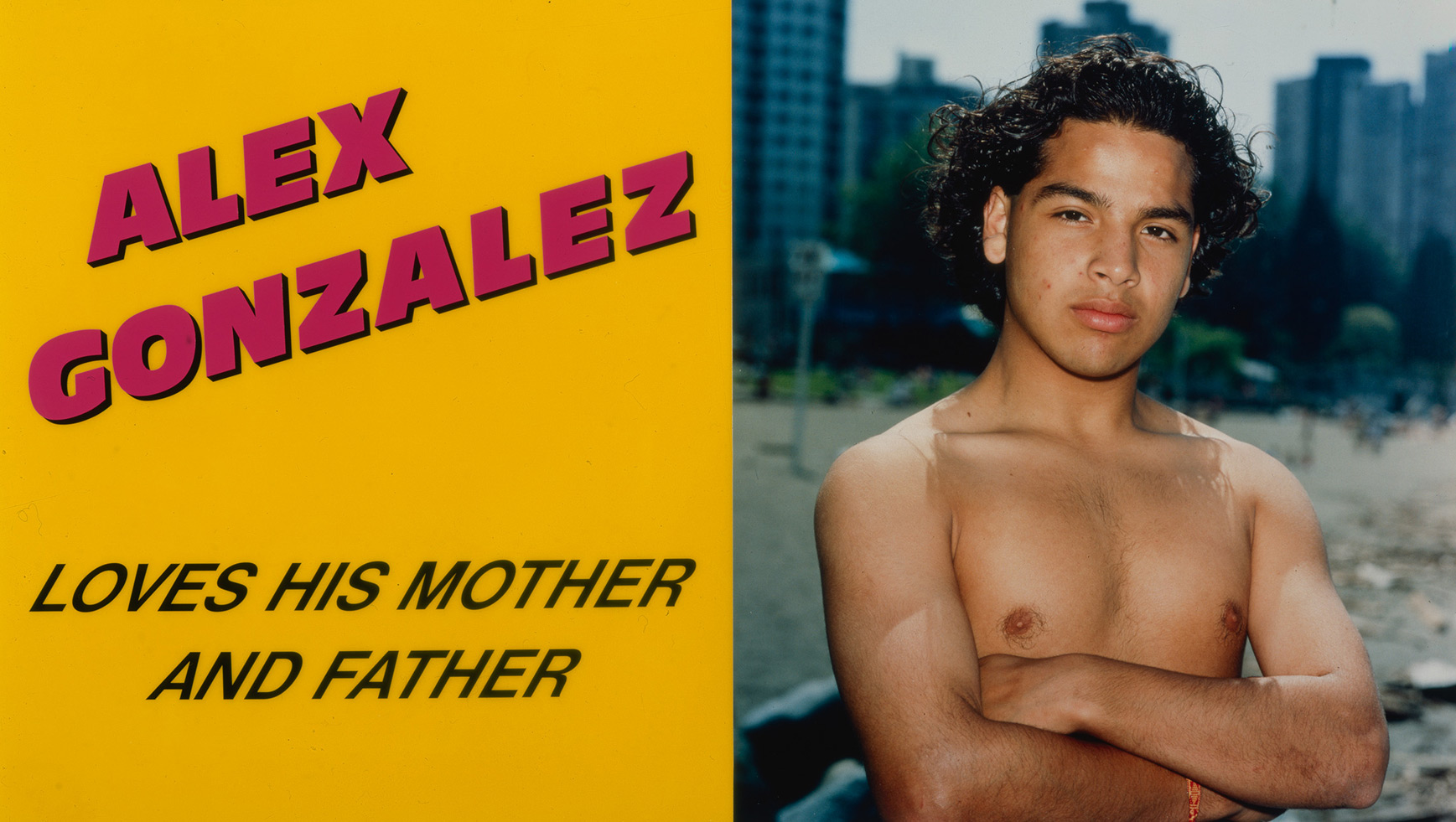
Alex Gonzalez Loves his Mother and Father, 1989, by Ken Lum, chromogenic print on sintra, mounted on acrylic sheet with screen printed ink text. Courtesy of the artist. Center for Contemporary Art, Rotterdam
INFORMATION
‘Brand New: Art and Commodity in the 1980s’ is on view until 13 May. For more information, visit the Hirshorn Museum
Receive our daily digest of inspiration, escapism and design stories from around the world direct to your inbox.
ADDRESS
Hirshhorn Museum
Independence Avenue and 7th Street
Washington DC 20560
Charlotte Jansen is a journalist and the author of two books on photography, Girl on Girl (2017) and Photography Now (2021). She is commissioning editor at Elephant magazine and has written on contemporary art and culture for The Guardian, the Financial Times, ELLE, the British Journal of Photography, Frieze and Artsy. Jansen is also presenter of Dior Talks podcast series, The Female Gaze.
-
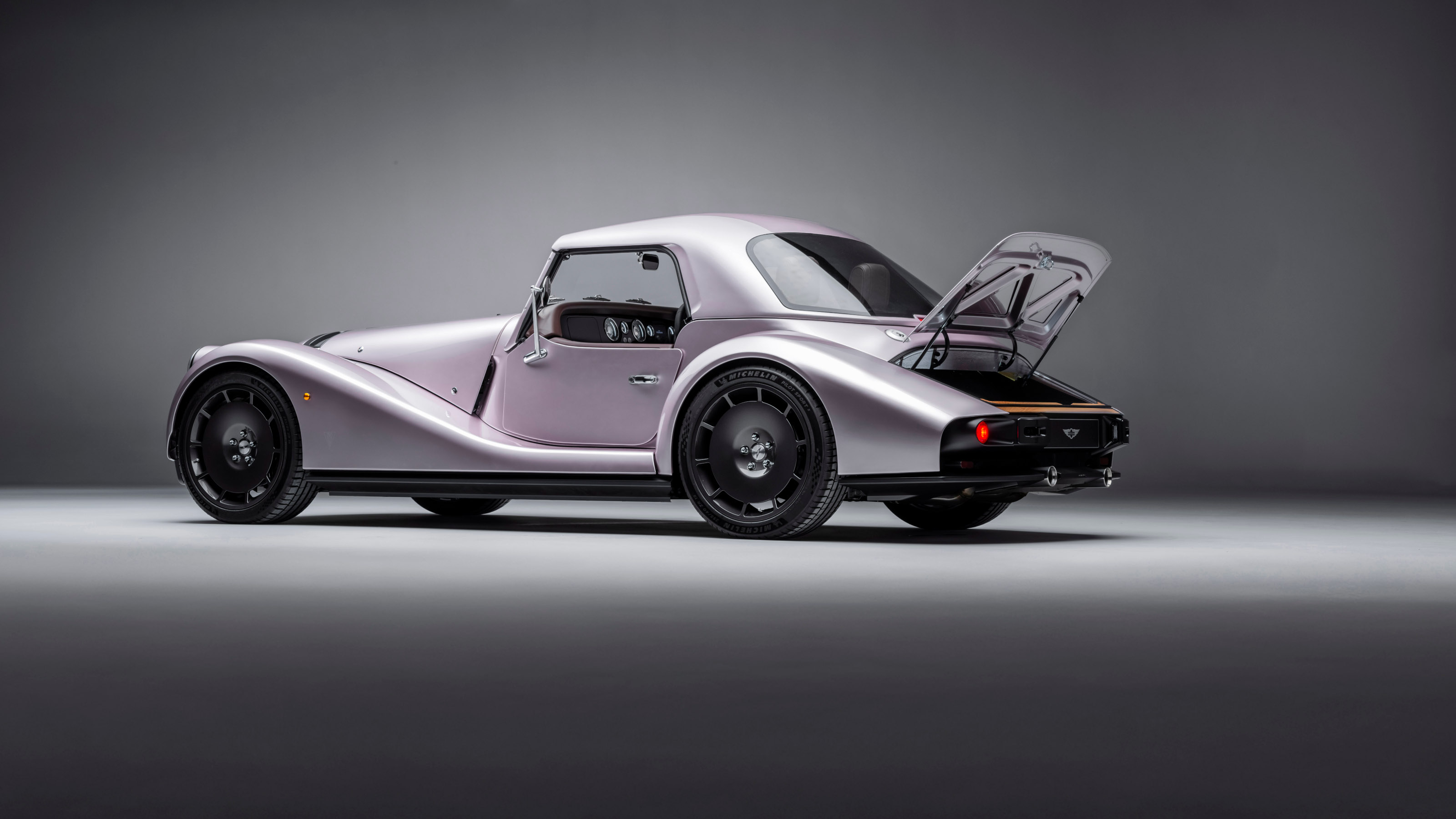 Year in review: 2025’s top ten cars chosen by transport editor Jonathan Bell
Year in review: 2025’s top ten cars chosen by transport editor Jonathan BellWhat were our chosen conveyances in 2025? These ten cars impressed, either through their look and feel, style, sophistication or all-round practicality
-
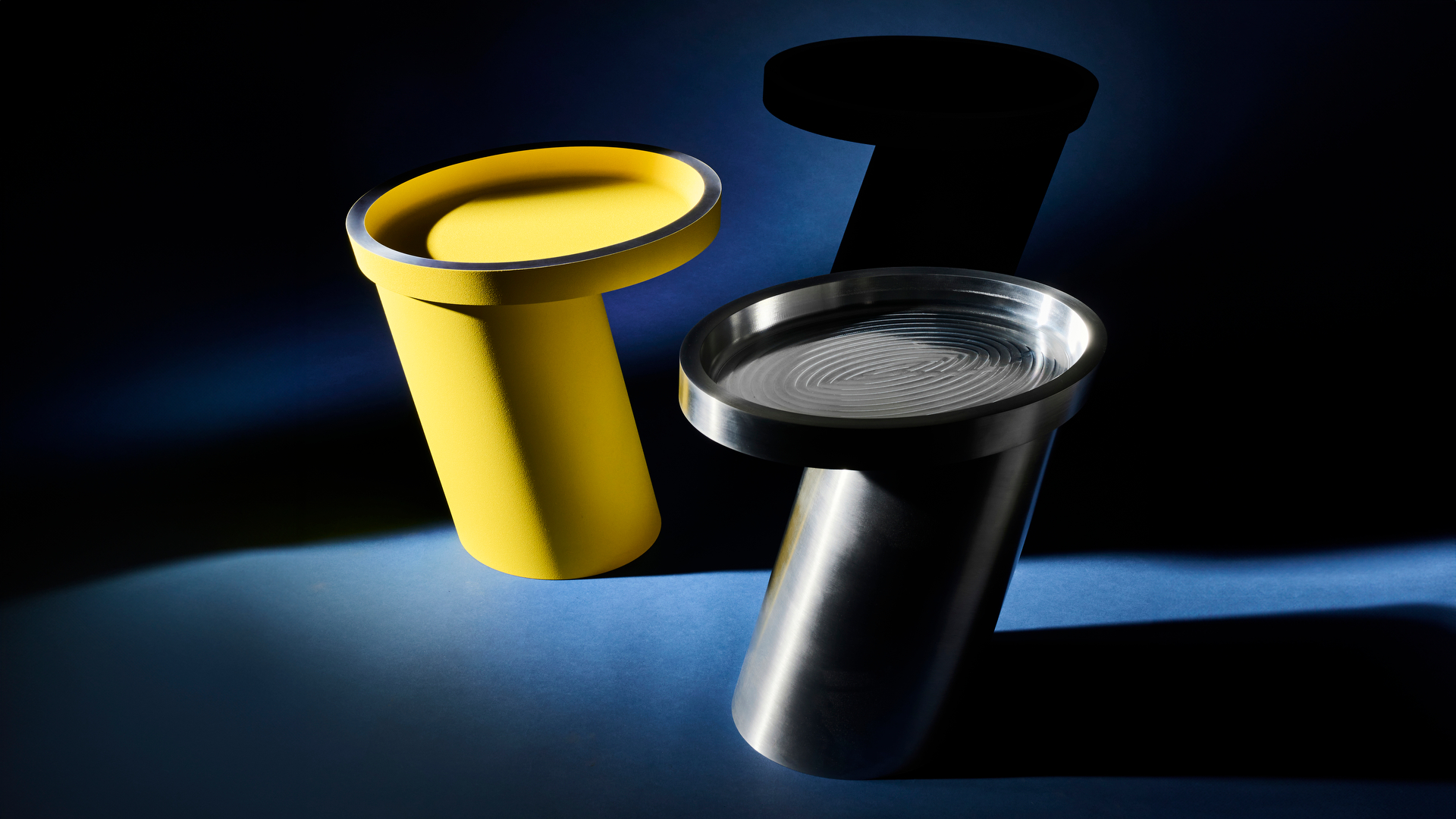 Eddie Olin's furniture that merges heavy metal with a side of playfulness
Eddie Olin's furniture that merges heavy metal with a side of playfulnessWallpaper* Future Icons: London-based designer and fabricator Eddie Olin's work celebrates the aesthetic value of engineering processes
-
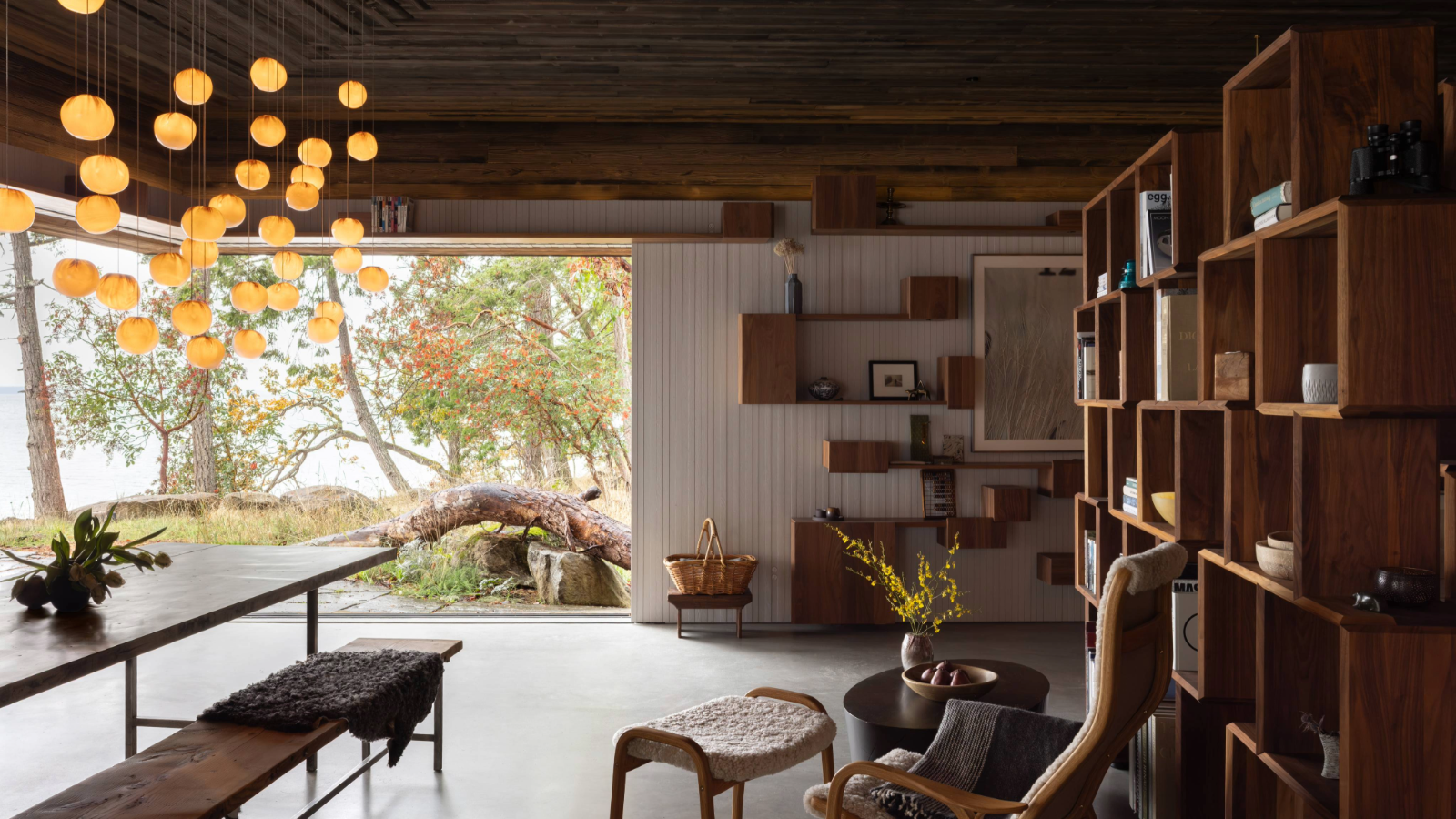 This retreat deep in the woods of Canada takes visitors on a playful journey
This retreat deep in the woods of Canada takes visitors on a playful journey91.0 Bridge House, a new retreat by Omer Arbel, is designed like a path through the forest, suspended between ferns and tree canopy in the Gulf Island archipelago
-
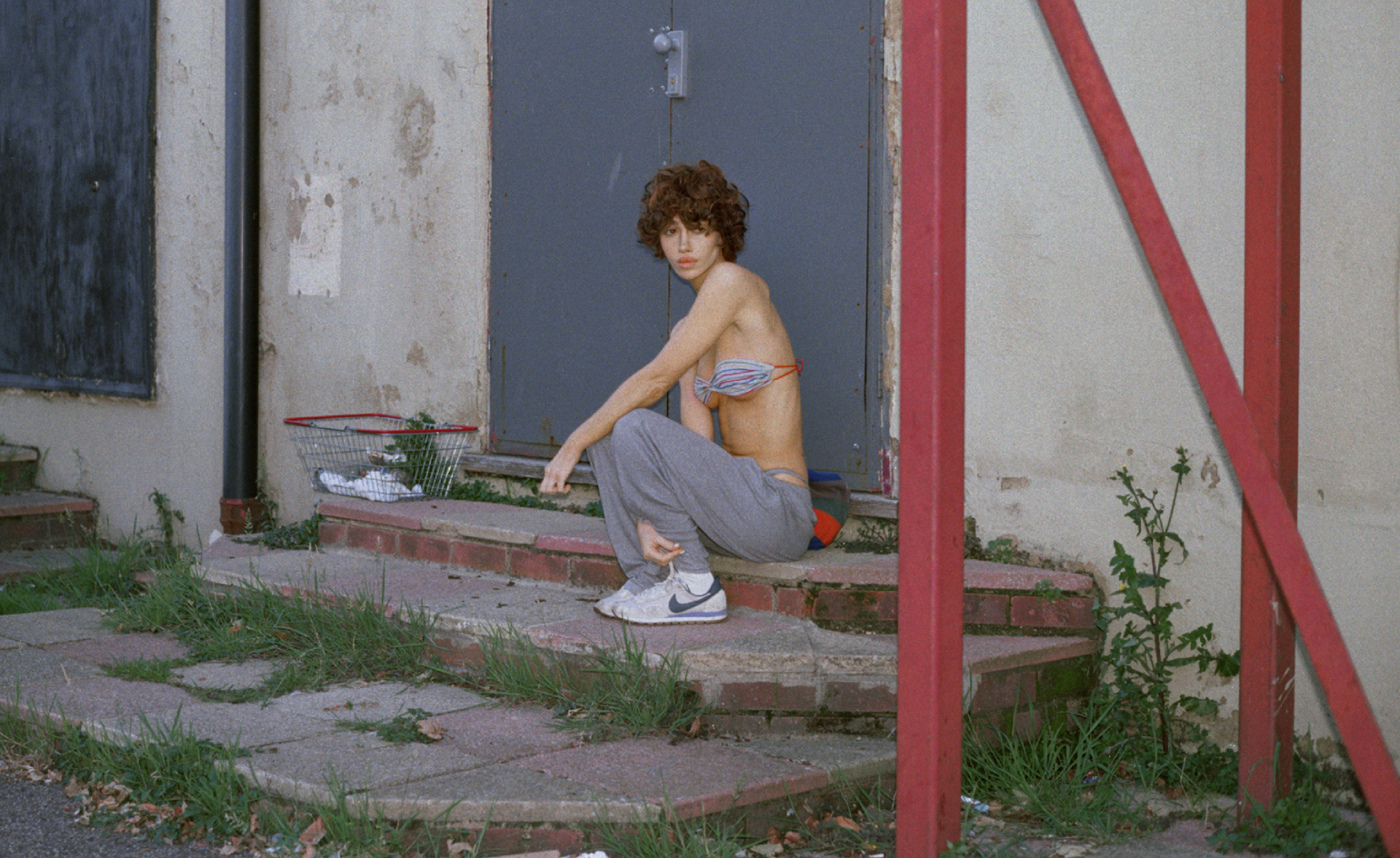 Nadia Lee Cohen distils a distant American memory into an unflinching new photo book
Nadia Lee Cohen distils a distant American memory into an unflinching new photo book‘Holy Ohio’ documents the British photographer and filmmaker’s personal journey as she reconnects with distant family and her earliest American memories
-
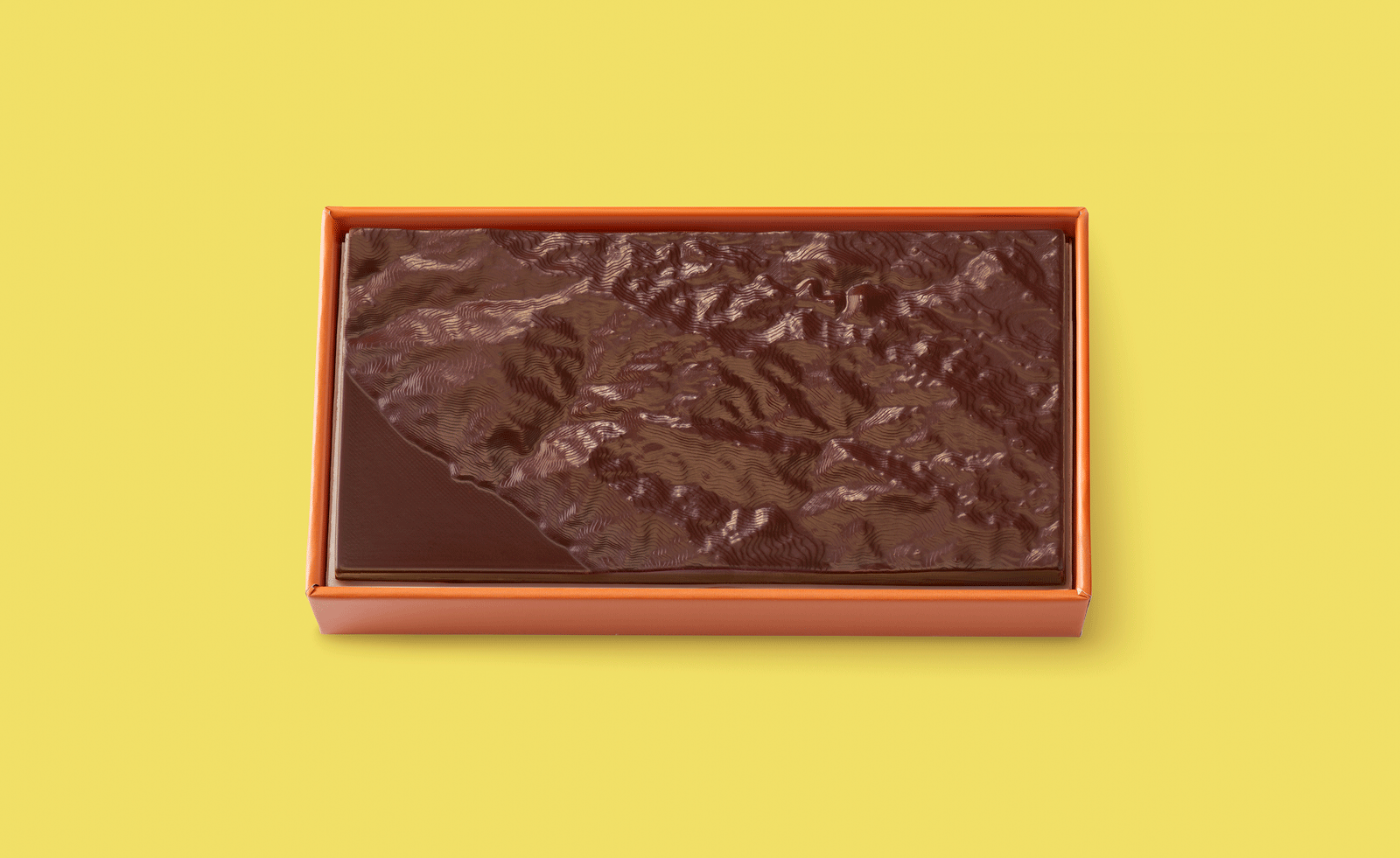 Ed Ruscha’s foray into chocolate is sweet, smart and very American
Ed Ruscha’s foray into chocolate is sweet, smart and very AmericanArt and chocolate combine deliciously in ‘Made in California’, a project from the artist with andSons Chocolatiers
-
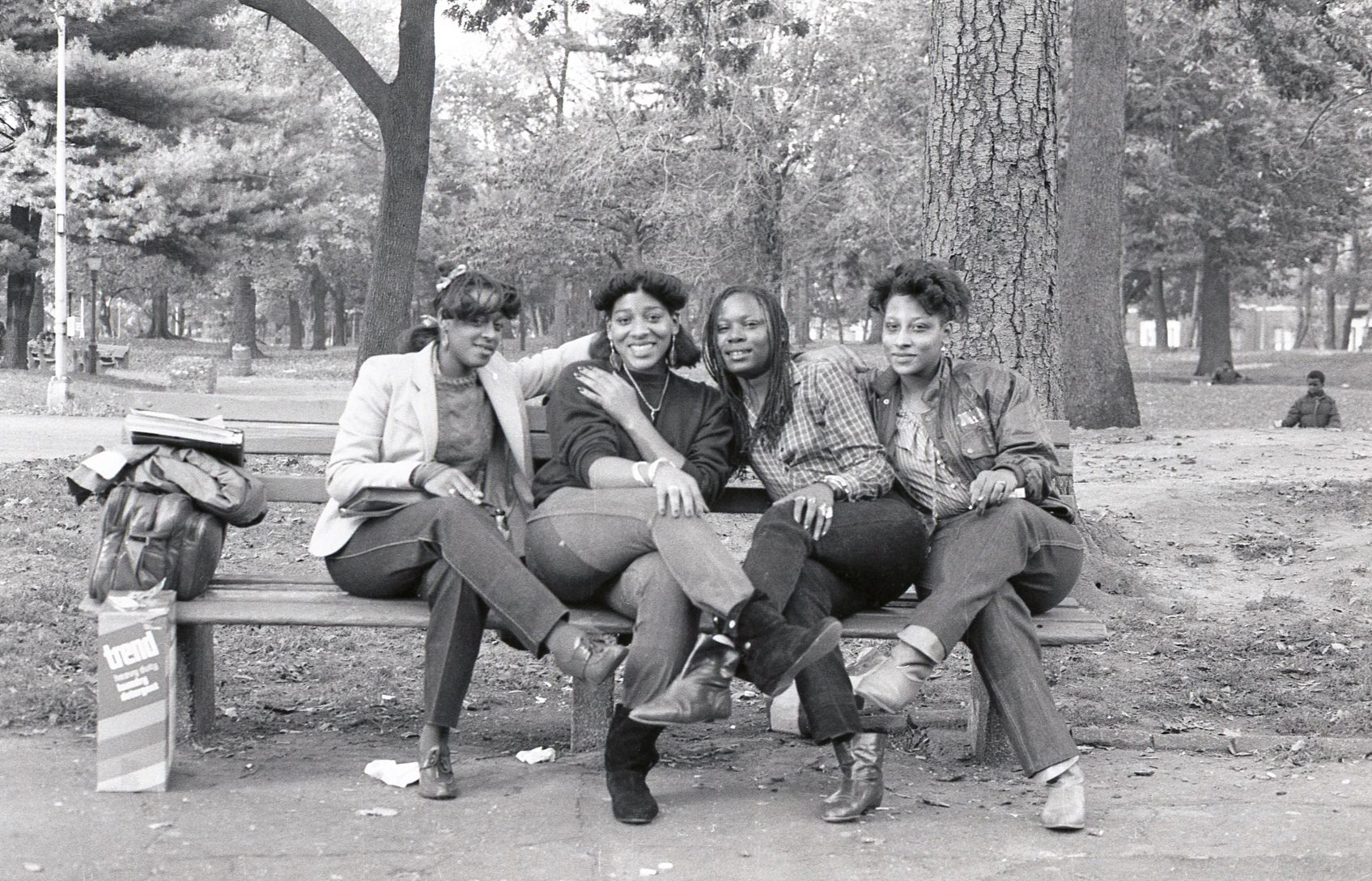 Jamel Shabazz’s photographs are a love letter to Prospect Park
Jamel Shabazz’s photographs are a love letter to Prospect ParkIn a new book, ‘Prospect Park: Photographs of a Brooklyn Oasis, 1980 to 2025’, Jamel Shabazz discovers a warmer side of human nature
-
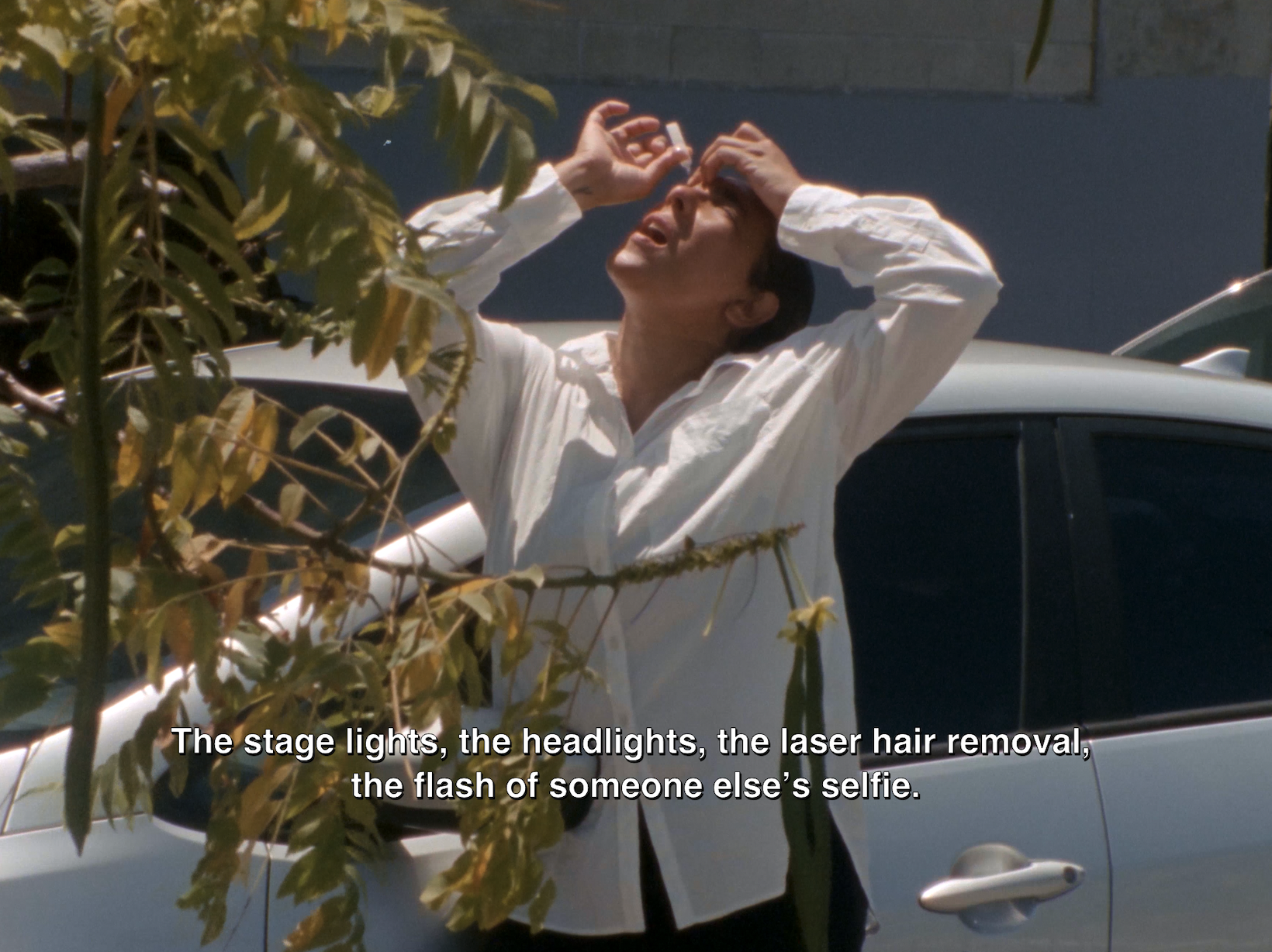 The Hammer Museum in Los Angeles launches the seventh iteration of its highly anticipated artist biennial
The Hammer Museum in Los Angeles launches the seventh iteration of its highly anticipated artist biennialOne of the gallery's flagship exhibitions, Made in LA showcases the breadth and depth of the city's contemporary art scene
-
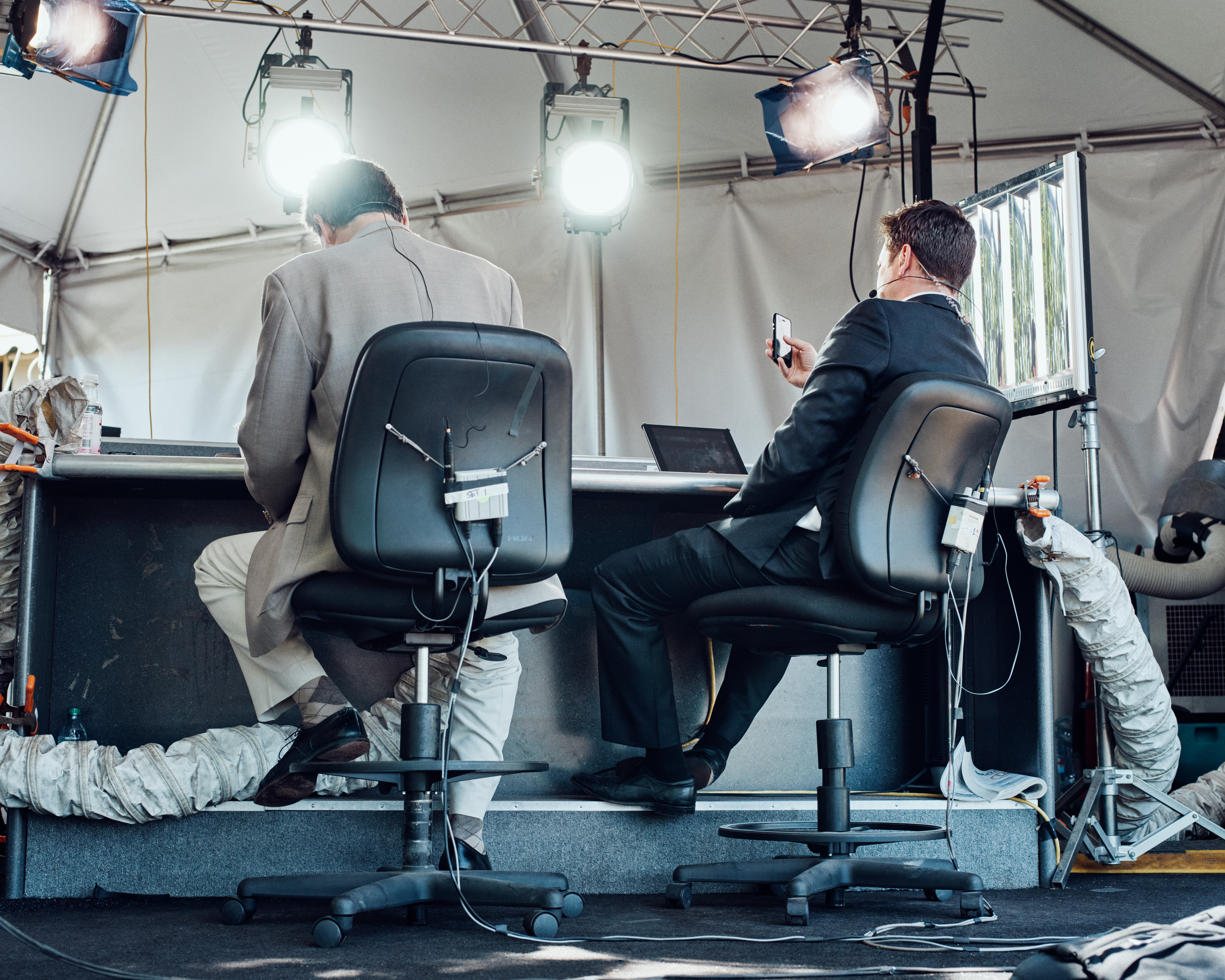 Thomas Prior’s photography captures the uncanny fragility of American life
Thomas Prior’s photography captures the uncanny fragility of American lifeA new book unites two decades of the photographer’s piercing, uneasy work
-
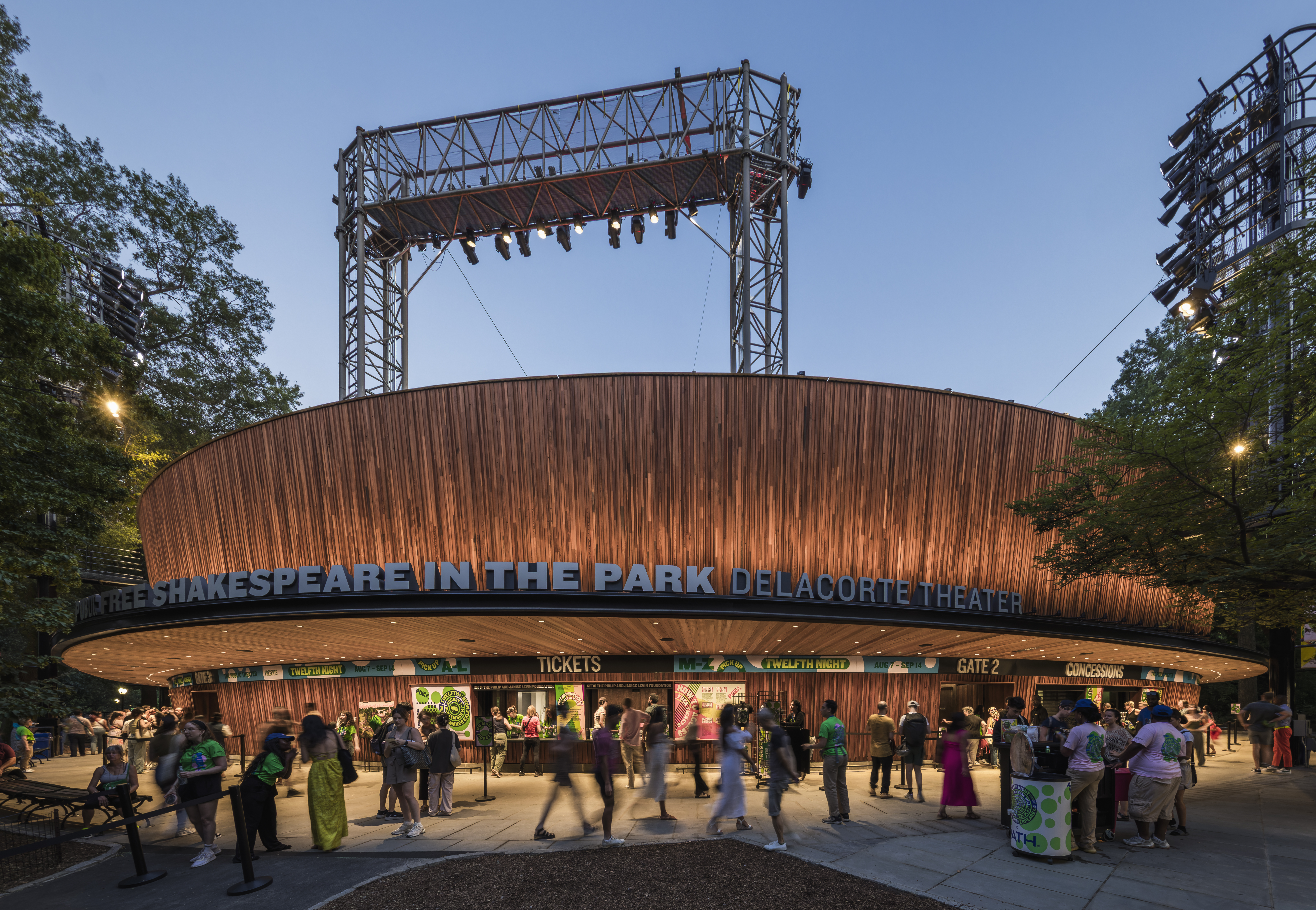 Central Park’s revitalised Delacorte Theater gears up for a new future
Central Park’s revitalised Delacorte Theater gears up for a new futureEnnead Architects helmed an ambitious renovation process that has given the New York City cultural landmark a vibrant and more accessible future
-
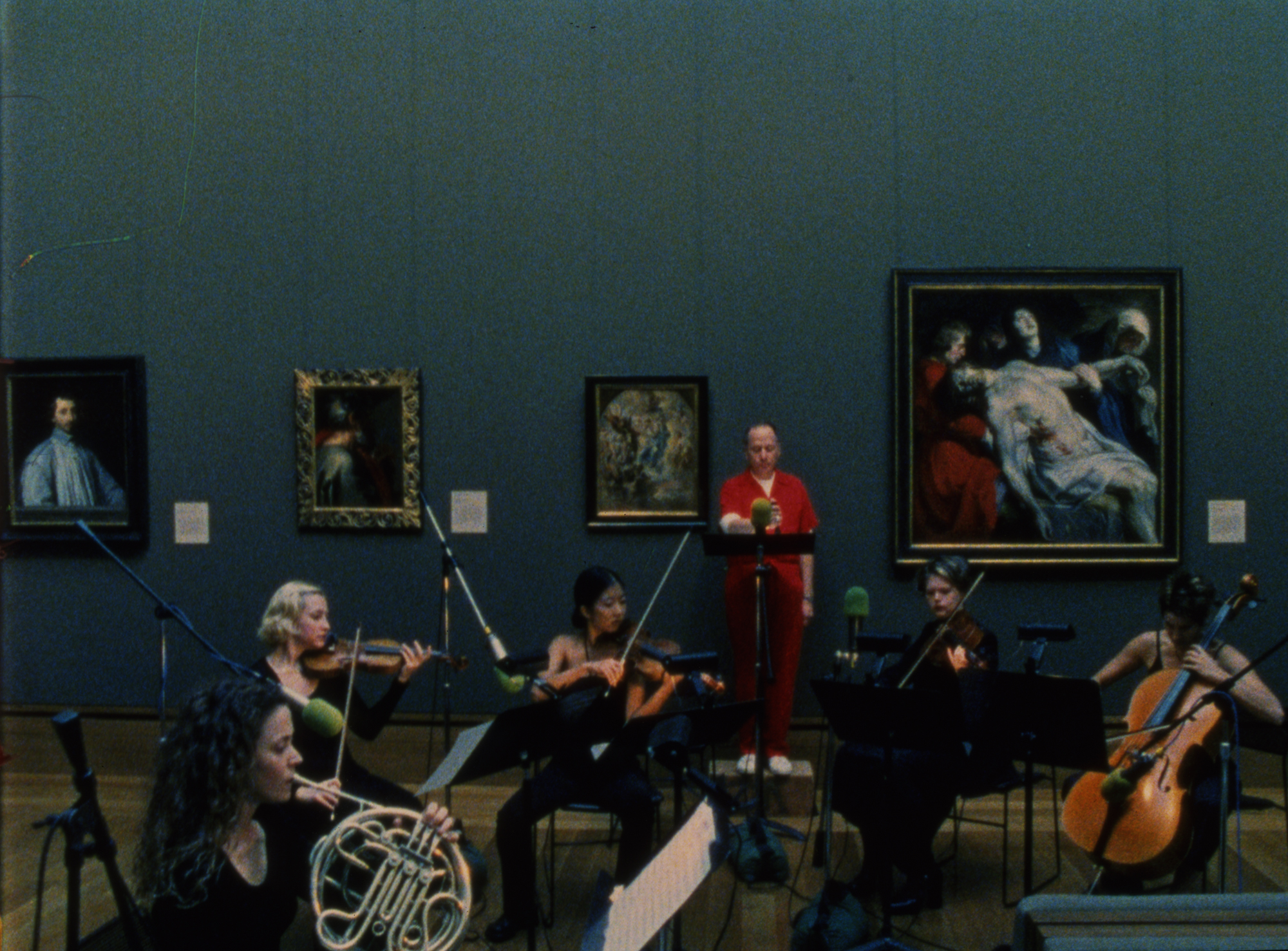 Stephen Prina borrows from pop, classical and modern music: now MoMA pays tribute to his performance work
Stephen Prina borrows from pop, classical and modern music: now MoMA pays tribute to his performance work‘Stephen Prina: A Lick and a Promise’ recalls the artist, musician, and composer’s performances, and is presented throughout MoMA. Prina tells us more
-
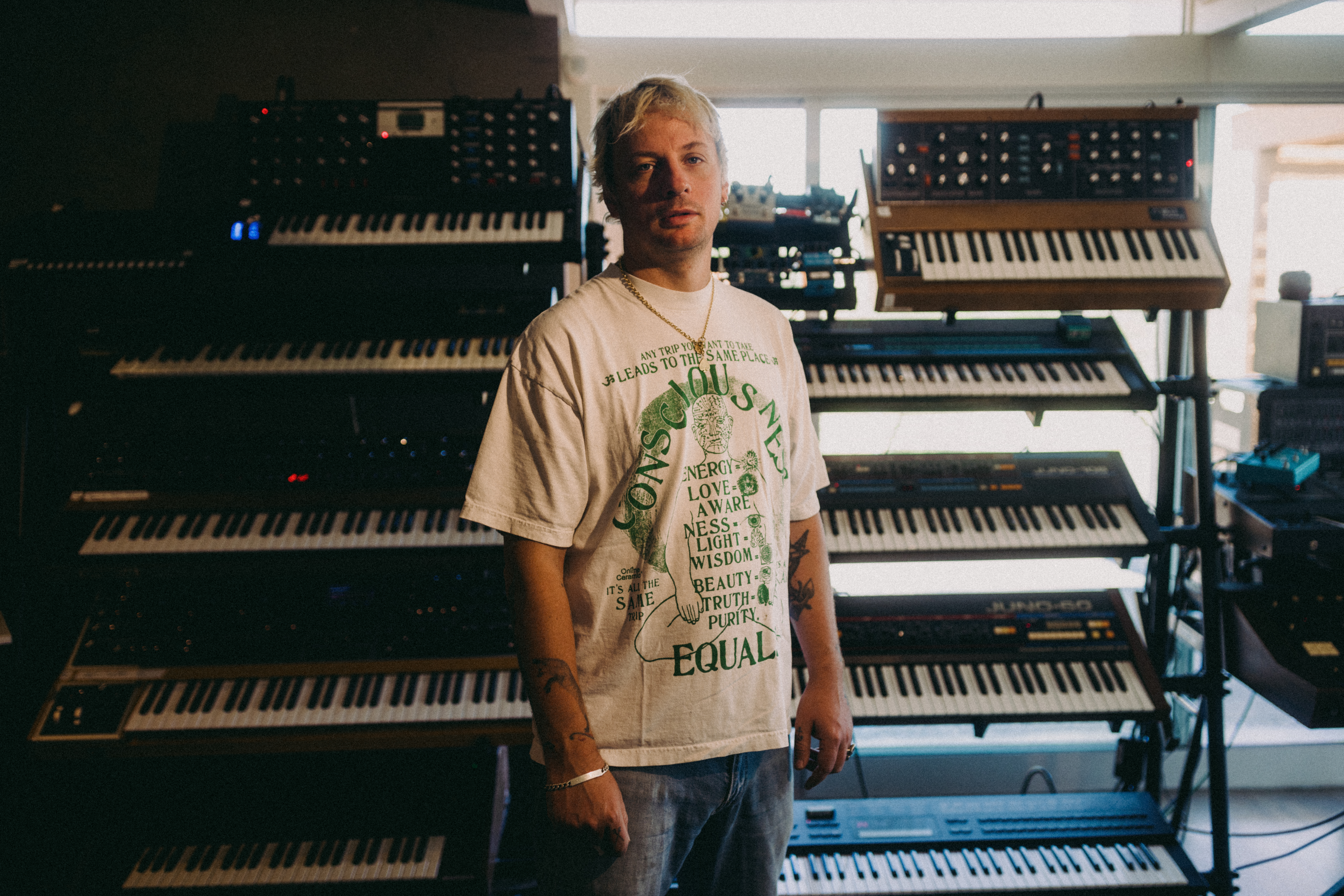 Curtains up, Kid Harpoon rethinks the sound of Broadway production ‘Art’
Curtains up, Kid Harpoon rethinks the sound of Broadway production ‘Art’He’s crafted hits with Harry Styles and Miley Cyrus; now songwriter and producer Kid Harpoon (aka Tom Hull) tells us about composing the music for the new, all-star Broadway revival of Yasmina Reza’s play ‘Art’